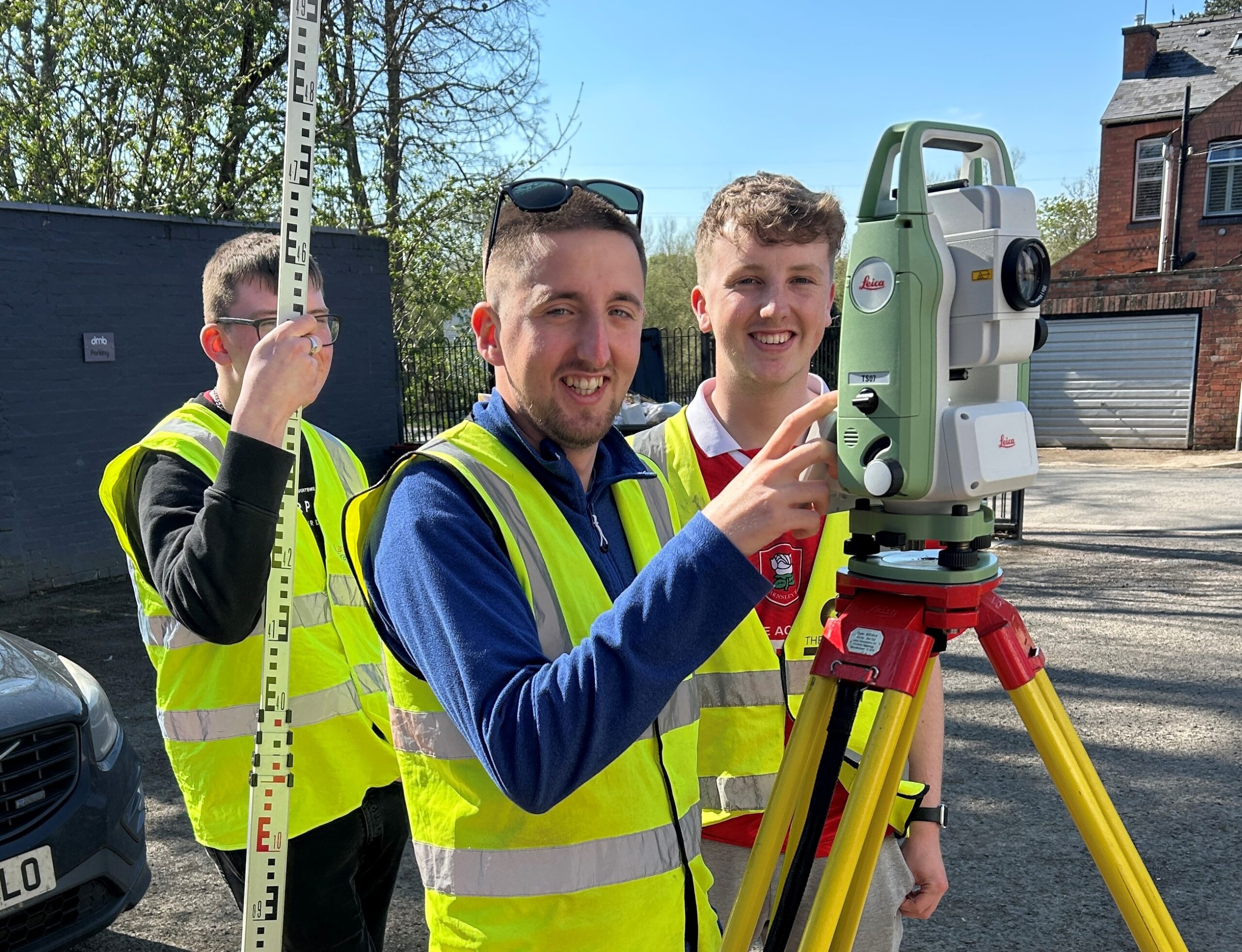Published: 07 May 2025
Spring and summer weather bring with them their own set of challenges. The increases in temperature make a great deal of difference to anyone working outdoors – which is where surveyors spend a lot of time when they’re out on site. Currently, there are no site rules, as such, for protecting yourself in hot weather – it’s usually a case of personal choice and common sense. But as it’s Skin Cancer Awareness Month, we think it’s a good opportunity to take a look at how to stay safe in the sun.
Be aware of the risks
May 2025 is Skin Cancer Awareness Month. This initiative aims to educate people about the dangers that come with spending time in the sun. It’s not just about lying on the beach on holiday. Many people spend hours in the sun, when it’s shining,for their jobs. This includes jobs in agriculture, for example, but also of course construction in its many forms. Surveying is one aspect of construction where you spend a lot of time outside. You may be constantly moving, but the effects of the sun can be just as damaging as if you were just sunbathing.
Here are some facts and pointers on how to stay safe in the sun:
- Most skin cancers are caused by skin damage from exposure to ultraviolet (UV) light. This can be from direct sunlight or from sunbeds
- Any type of skin can be at risk of sun damage and skin cancer, regardless of age and gender
- Those most at risk are people with skin that becomes burned quicky, or freckles easily in the sun
- If you have black or brown skin, you still need to protect your skin from the sun
- If you work outdoors a lot, check your skin regularly for obvious changes and anything unusual – for example, a mole that changes shape, or a blemish that won’t stop bleeding
- Make sure that if you work outside that you use a high-factor protective sun cream to prevent sun damage.
It’s important that everyone – regardless of whether their job is based outdoors or not – follows skin protection advice. For surveyors, this means making sure that they have any exposed parts of their body protected with high-factor cream or spray. This can include their face, the back of their neck, and exposed arms and legs if applicable. Hardhats, which are mandatory health and safety gear onsite, can afford some coverage, so in many cases a surveyor’s head should be protected while they are working.
According to Macmillan Cancer Support, people exposed to the sun should use 5* UVA with at least a sun protection factor (SPF) of 30. They should re-apply it every two hours, or more often if there’s a chance it’s been washed off by swimming, exercising or working. It’s also advisable in hot weather to drink plenty of water and wear UV blocking sunglasses, for complete eye protection. There’s much more information on sun safety on the Macmillan website – so if you have no choice but to be outside in the sun, at least you’re taking every precaution you can.

